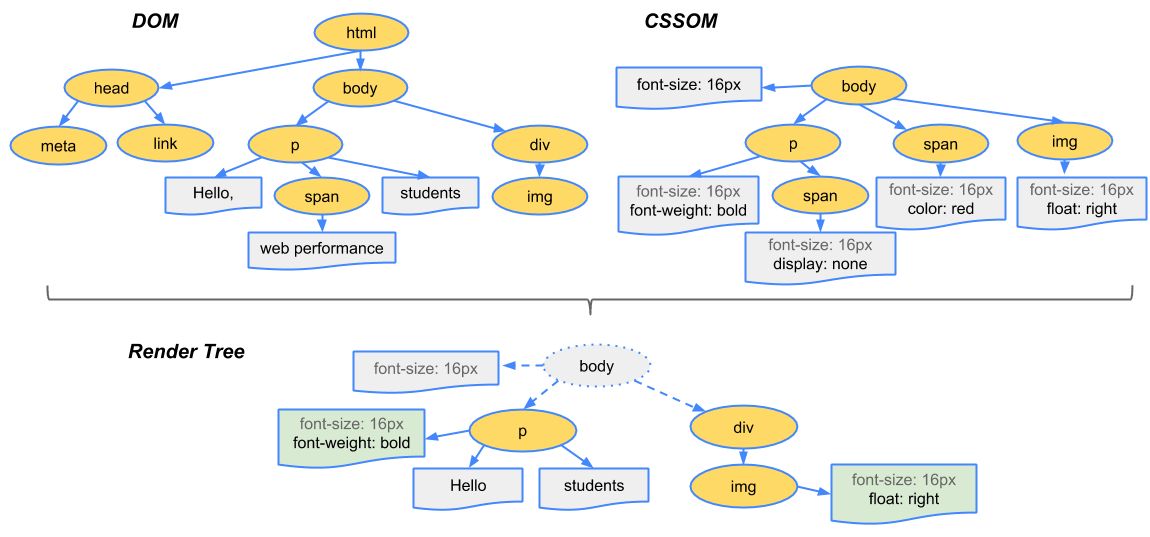[Backend Dev] #2 Internet
1. What is Internet?
- Computer Network: two or more connected computers that can share resources such as data, printer, Internet connection
- Internet: a network of networks connecting globally based on certain protocols.
- Internet is usually built upon Client/Server or P2P
2. Protocol
- Internet use specific protocols to form a systematic connection
- Protocol = Common “language” behind the Internet
- TCP/IP Layer Model
- Transmission Control Protocol / Internet Protocol
- 4 Layers: Application, Transport, Internet, Network Layers
- Application Layer
- support for different user applications (e.g. web browsers)
- includes HTTP, HTTPS, FTP, SMTP
- HTTP: World Wide Web’s Hypertext Transfer protocol for accessing websites from web servers
- HTTPS: more secured version of HTTP
- FTP: File Transfer Protocol
- SMTP: Simple Mail Transfer Protocol
- SSH: Secure Socket Shell, Unix-based command oline interface and protocol for securely getting access to remote computer
- Transport Layer
- creates “packets” of data to tranmit which contains sequence numbers and a checksum
- Protocols:
- TCP/IP: useful when all data needs to arrive, but time is not a significant factor / connection-oriented / slower
- UDP: useful when time is a factor and packet / connectionless / faster
- Packet Management
- make sure all data packets arrived in the same order in which they are sent out
- packet not received or received in eorror are retransmitted
- Internet Layer
- provides instructions(addresses) used to transport packets across the network
- IP addresses are assigned to packets
- Protocols:
- IPv4
- IPv6
- Functions:
- select the next-hop host(or gateway)
- capture packets (incoming packets) and pass them to applciation
- error detection using checksum
- Network Layer
- exchange of data between computer and network
- Devices: Ethernet, Network device drivers, Switches
- Example: Requesting a web page from a web server
- HTTP (application): Web browser generates request for specific files on a web server
- TCP (transport): splits requests into small pacekts providing a sequence number and checksum
- IP (internet): IP packets are sent to servers (IP addresses)
- Ethernet (network): binary data which makes up each IP packet is sent through network
3. What is HTTP?
- HyperText Transfer Protocol (HTTP)
- uses client-server mode to fetch web pages from web servers to client browsers

- specify actions for web servers and browsers
4. Domain Name Server and System
- Domain name system locates domain names and translates into IP addresses
- DNS Servers resolves names to IP addresses
5. Browsers and Hosting
- How web browser work:
- Process HTML markup and construct DOM tree
- Process CSS markup and build the CSSOM tree.
- Combine the DOM and CSSOM into a Render tree.
- Run layout on the render tree to compute geometry of each node.
- Paint the individual nodes to the screen.
Construct DOM-tree
- HTML markup – transformed –> Document Object Model (DOM)
- Bytes → characters → tokens → nodes → object model
- Conversion: browser reads the raw bytes of HTML, translate to characters
- Tokenizing: browser converts strings of characters into distinct tokens (by HTML5 Standard)
- Lexing: tokens are converted into objects (properties + rules)
- DOM Construction: obejcts are linked in a tree data structure with parent-child relationship
 (source: https://developers.google.com/web/fundamentals/performance/critical-rendering-path/constructing-the-object-model)
(source: https://developers.google.com/web/fundamentals/performance/critical-rendering-path/constructing-the-object-model)
- DOM Tree includes properties and relationship of document markup, but lacks how the elements is rendered
Construct CSSOM-tree
- CSS markup – transformed –> CSS Object Model (CSSOM)
- Bytes → characters → tokens → nodes → CSS Object Model
- starts with the most general rule → recursively apply more specific rules (cascade down)
 (source: https://developers.google.com/web/fundamentals/performance/critical-rendering-path/constructing-the-object-model)
(source: https://developers.google.com/web/fundamentals/performance/critical-rendering-path/constructing-the-object-model)
(Reference: https://developers.google.com/web/fundamentals/performance/critical-rendering-path/constructing-the-object-model )
Construct Render-tree
- Browser combines DOM and CSSOM into Render Tree
 (source: https://developers.google.com/web/fundamentals/performance/critical-rendering-path/render-tree-construction )
(source: https://developers.google.com/web/fundamentals/performance/critical-rendering-path/render-tree-construction ) - Steps:
- Traverse each node from DOM’s root
- Some nodes (ex. script tags, span node) are omitted
- Find and apply appropriate CSSOM rules for each visible nodes
- Emit visible nodes (contents + styles)
- Traverse each node from DOM’s root
- Still missing exact positions or sizes within the viewport
- (viewport tag: gives browsers instructions on how to control dimensions and scaling)
Layout (Reflow) Render-tree and Paint (Rasterize)
- Layout: build box model
- includes excact position and size of each element within viewport
- relative measurement –convert–> absolute pixels
- Paint: convert render tree to pixels on the screen
(Reference: https://developers.google.com/web/fundamentals/performance/critical-rendering-path/render-tree-construction )

